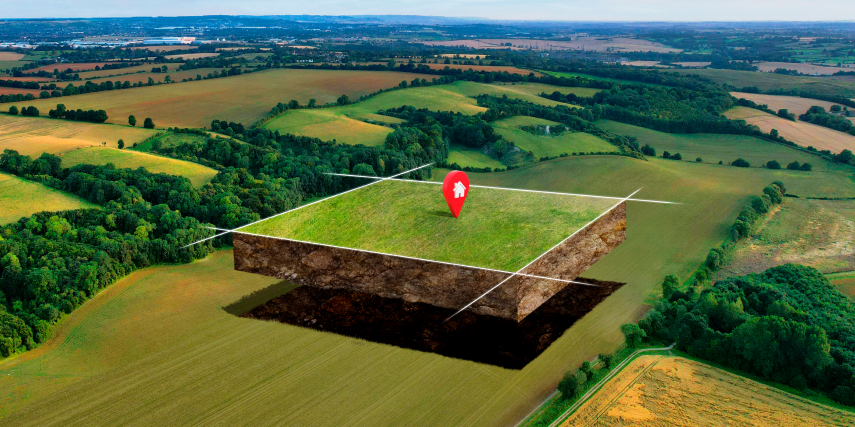When it comes to building your dream home, the design is only half the story—the other half begins with choosing the perfect block of land. While many people focus on floorplans and finishes, it’s the location, size, orientation, and topography of your land that will determine what’s truly possible in your custom build. A carefully chosen block can enhance liveability, maximise natural light, and reduce future site costs. Here’s what you need to consider to get it right from the start.
If you’re planning a bespoke home that’s tailored to your lifestyle, working with a builder like Aspire Designer Homes from the outset can help you assess whether a block suits your vision—and your budget.
Understand Your Priorities
Before visiting land estates or browsing listings, take time to clarify your must-haves. Consider your lifestyle needs now and into the future. Do you need space for a growing family, a home office, or a generous backyard? Are you hoping for sweeping views, close proximity to schools, or a quiet cul-de-sac? Knowing your priorities helps you weigh up location, access, and amenities with a clearer lens—and it will narrow down your options faster.
Assess Orientation and Sunlight
One of the most important aspects of a block is its orientation. In Australia, north-facing living areas are ideal as they allow for passive solar heating in winter and cooler interiors in summer. This not only improves comfort but also supports energy efficiency in the long term. Think about where the sun rises and sets and how that will impact the placement of living spaces, outdoor areas, and windows. The orientation can significantly influence your home’s energy performance and natural lighting.
Investigate Site Slope and Soil Conditions
A sloped block can offer beautiful design opportunities—think split-level homes and elevated views—but it also typically comes with increased building and site preparation costs. Excavation, retaining walls, and custom foundations can all add to the overall budget.
Soil type also matters. Some soils may require additional engineering work to support the structure. Before purchasing, request a soil test and site survey so your builder can advise on feasibility and cost.
Consider Access and Services
Does the land have easy access to essential services such as electricity, gas, water, sewerage, and NBN? What about access for construction vehicles and trades? Blocks in newer estates are often already connected to utilities, while more remote or acreage lots may require additional infrastructure. Be sure to factor these into your decision-making process.
Check Zoning and Planning Restrictions
Before falling in love with a block, it’s essential to check local council zoning and overlays. These may affect what and how you can build. For example, heritage or bushfire overlays can add complexity, while minimum setbacks or height restrictions could limit your design flexibility. A custom home builder can guide you through this process and ensure your design complies with all relevant codes.
Think Long-Term
It’s easy to focus on the now, but the right block should also serve your needs five, ten, or even twenty years down the track. Consider future development plans in the area, population growth, access to transport, and resale value. Building a custom home is an investment—so the land it’s built on should support that investment well into the future.
Choosing the right block of land is the foundation for everything that follows in your custom home journey
It impacts your design options, budget, comfort, and long-term satisfaction. By partnering early with a reputable builder, you gain access to professional guidance that can help you avoid costly surprises and make the most of your site’s potential. With careful consideration and the right support, your ideal block is out there—waiting to become the future home of your dreams.

